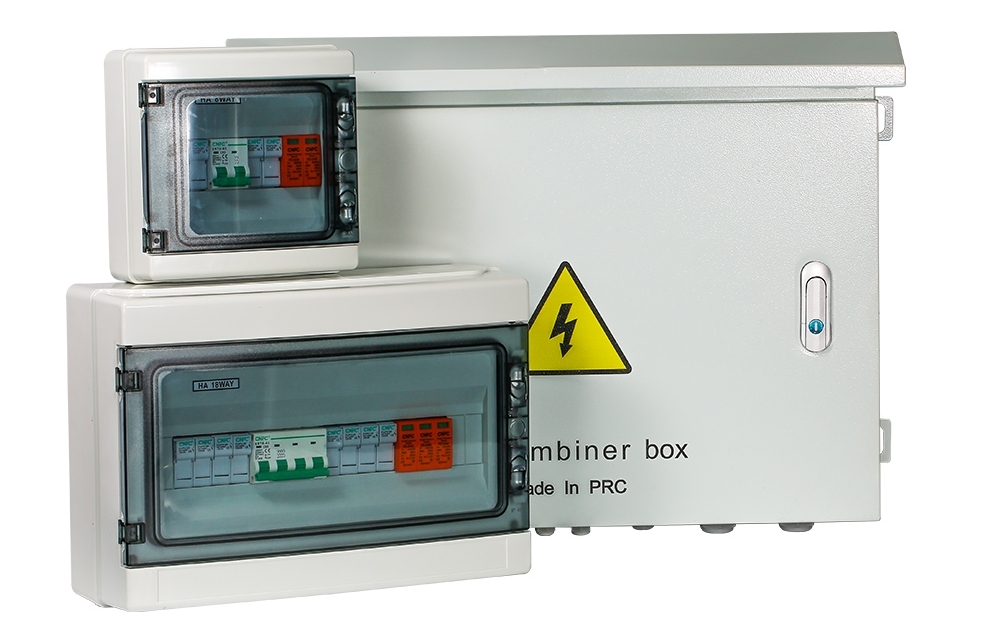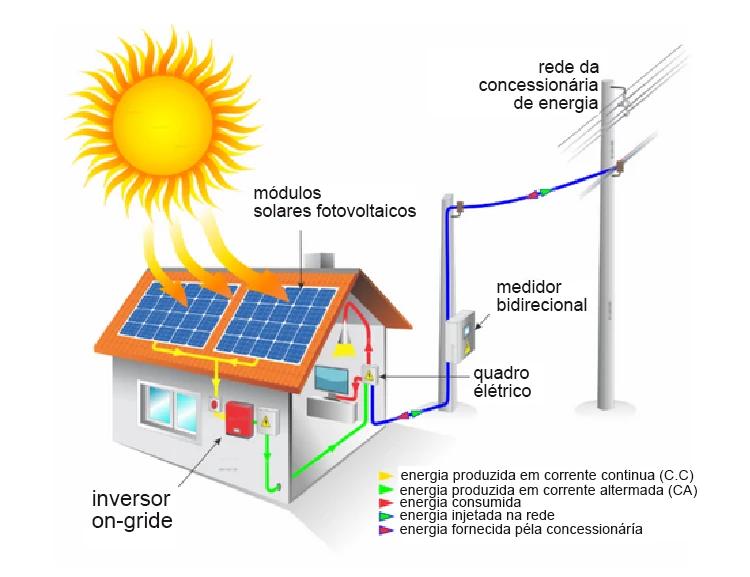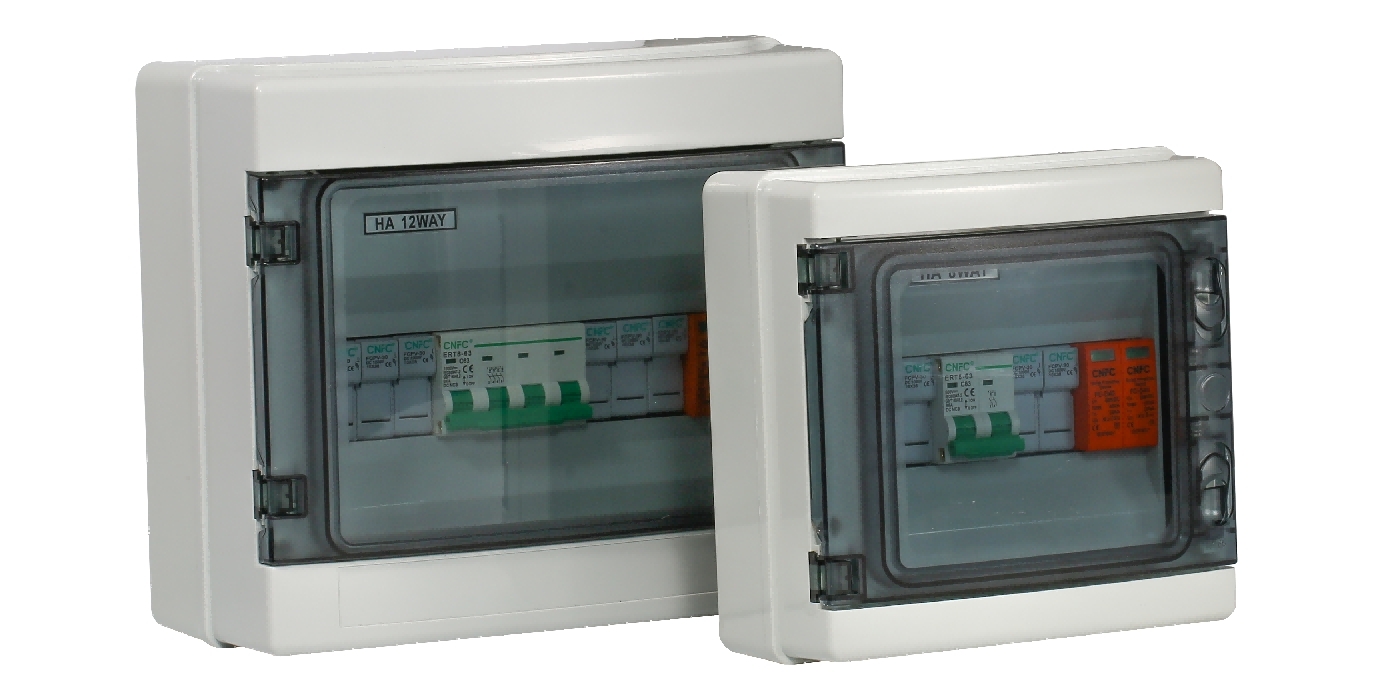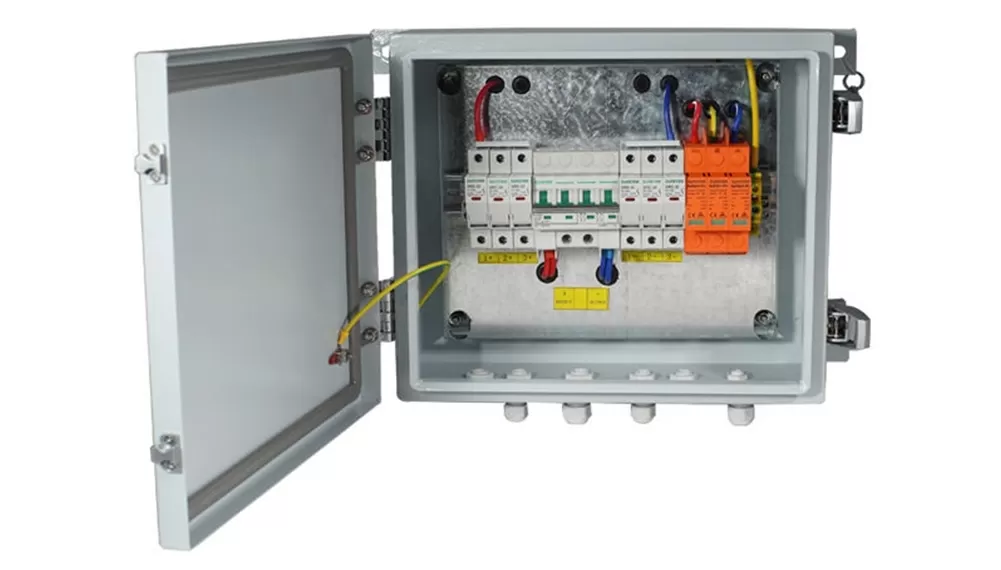In a vast solar system, each element plays a vital role in ensuring optimal performance and efficiency. Combiner boxes play an important role in photovoltaic (PV) installations.
This comprehensive guide aims to shed light on the importance, functions, types and best practices of combiner boxes, unlocking the mystery behind their role in harnessing solar energy.
What Are Combiner Boxes
In a photovoltaic system, a combiner box acts as a central hub that consolidates and manages the direct current (DC) output of multiple solar panels. Its main purpose is to simplify the wiring structure, enhance system security and simplify maintenance procedures.
The working principle of combiner boxes is simple – they combine the DC output of multiple solar panels into a manageable circuit. This combined output is then fed to an inverter, which converts the DC power into usable alternating current (AC) for residential, commercial or industrial use.

Structure of the combiner box
Monitoring and Communication
Advanced combiner boxes may include monitoring and communications capabilities. These can provide real-time data on individual panel performance, allowing for proactive maintenance and troubleshooting.
Types of Combiner Boxes
Importance of Combiner Boxes in Photovoltaic Systems
Combiner boxes play a key role in ensuring the safety and compliance of solar installations. By consolidating and protecting DC circuits, these boxes help improve the overall reliability of the system.
When performing maintenance or troubleshooting, combiner boxes simplify the process by providing a centralized location for monitoring and accessing the DC circuit. This reduces downtime and improves the overall operating efficiency of the solar array.
Efficiency is the hallmark of any successful solar installation. Combiner boxes help improve the overall efficiency of the photovoltaic system by optimizing the wiring structure and integrating the DC output.
Combiner boxes are designed to accommodate the inherent scalability and flexibility of solar installations. As the number of panels or inverters changes, the combiner box can be easily configured or upgraded to meet changing system requirements.

Best Practices for Combiner Box Installation and Maintenance

Conclusion
Within the intricacies of solar energy systems, combiner boxes are a testament to the careful planning and engineering required to effectively harness the power of the sun. From simplifying wiring to ensuring system safety, combiner boxes play a multifaceted role in the success of a PV installation.












